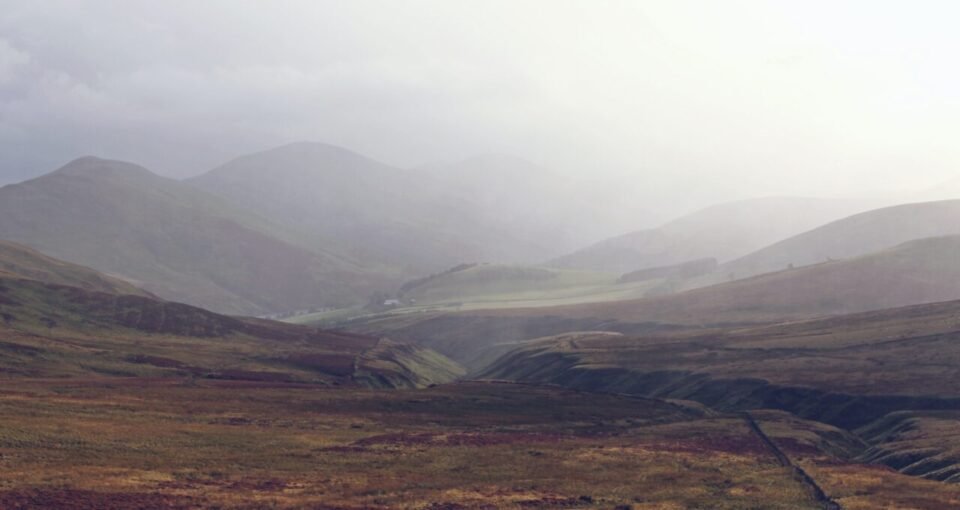Introducing the Peatland ACTION Project, Scotland
Will Ross, April 18, 2023

The Peatland Action Project in Scotland is an initiative aimed at restoring degraded peatlands in the country. The project focuses on reducing conserving biodiversity, improving water quality and making a positive dent on climate change by locking in carbon dioxide emissions.
Peatlands are unique ecosystems that play a vital role in mitigating climate change. They store vast amounts of carbon, which would otherwise be released into the atmosphere as carbon dioxide, a greenhouse gas that contributes to global warming. Peatlands also provide important habitats for a wide range of plants and animals, many of which are rare and threatened. They’e been degraded for centuries due to increasing human activity such as forestry, agriculture, and drainage.
The Peatland Action Project was established in 2012 to address these issues. The project is a partnership between the Scottish Government, Scottish Natural Heritage, and other local organisations. It aims to spend £250M by 2030 to restore 250,000 hectares of degraded peatlands in Scotland.
The project uses a range of restoration techniques to achieve its goals. One of the main approaches used is rewetting, which involves blocking artificial drainage channels to raise the water table and re-wet the peat. This helps to prevent the release of carbon into the atmosphere and creates better habitats for a range of plant and animal species.
Another approach used by the project is the restoration of bare peat areas. Bare peat is exposed peat that has been eroded and is no longer covered by vegetation. These areas are vulnerable to further degradation, as they are prone to erosion, drying out, and erosion. The project works with landowners to restore bare peat areas by introducing vegetation and stabilising the soil.
Since its inception, the Peatland Action Project has made significant progress towards achieving its goals. The project has restored over 100,000 hectares of degraded peatlands, which has resulted in a reduction of over three million tonnes of carbon dioxide equivalent emissions. The project has also helped to conserve and restore biodiversity in peatland ecosystems, supporting the recovery of rare and threatened species such as the golden plover, hen harrier, and sundew and boosting ecotourism.
Learn more at nature.scot
Header Photo: Sean Paul Kinnear